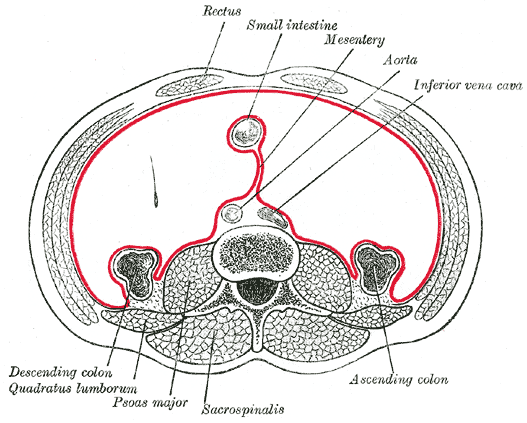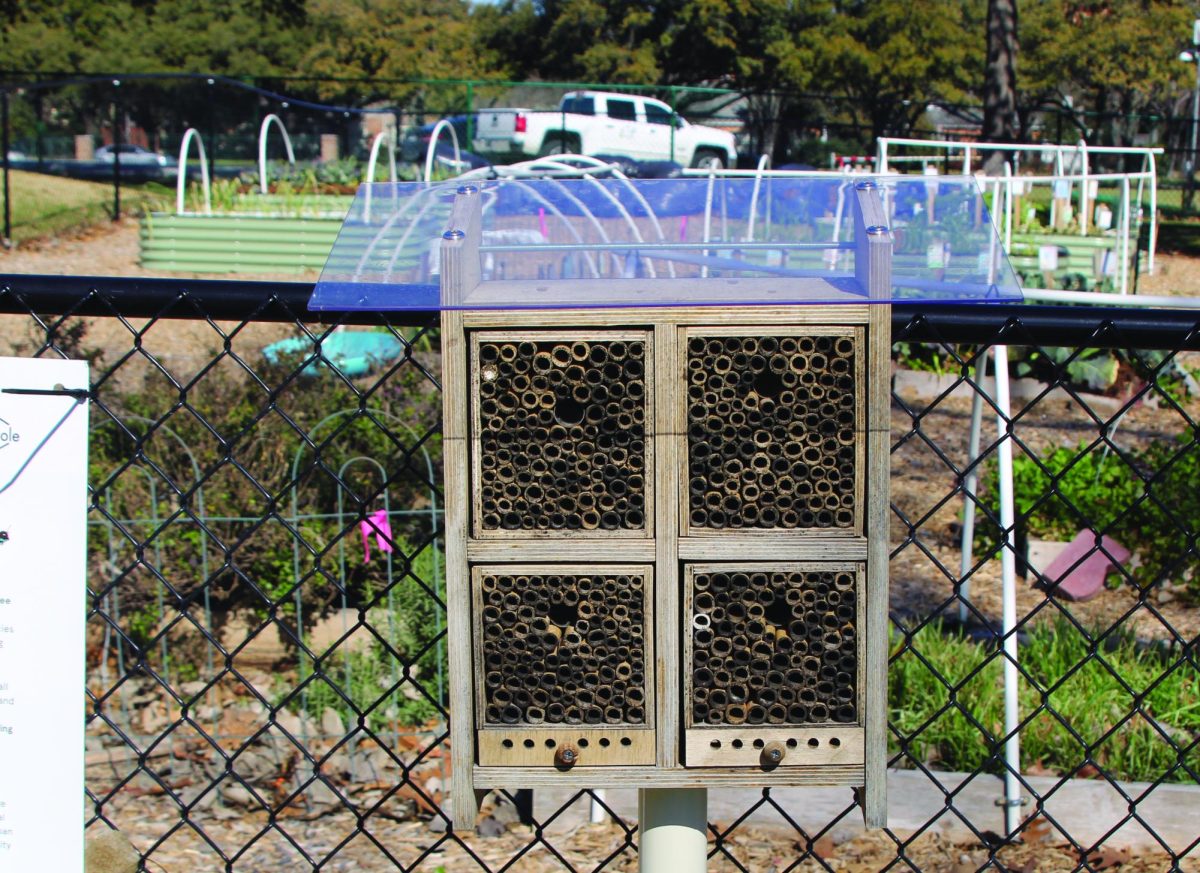In Nov. 2016, Professor J Calvin Coffey and Dr. D Peter O’Leary of University Hospital Limerick in Ireland published a report that reclassified a structure in the human body, adding a new organ to the anatomical repertoire.
The mesentery, located in the abdomen, was previously thought to be a non-continuous collection of membranes that kept abdominal organs in place. Coffey’s and O’Leary’s research, however, shows that these partitions are actually continuous. Because mesentery is now known to be a cohesive unit that works to carry out a function, it can be classified as an organ.
Upper School Science Teacher Brandi Finazzo teaches about the abdominal organs in her Anatomy class.
“It was sort of cast aside as a membrane, a set of membranes, that had a general function,” Finazzo said. “But it turns out that it can possibly be much, much more than that.”
This discovery has garnered much interest in the medical field, as this significant of a discovery is rare in the study of the human body.
Dr. Grace Vanesko is a gastroenterologist who works at Texas Digestive Disease Consultants and Texas Health Presbyterian Plano .
“I have been in practice for over 20 years and I haven’t had new organ systems come up in that time period besides this one,” Vanesko said.
Furthermore, the addition of a new organ creates an entirely new field of study of disease, surgery and procedure regarding the mesentery.
“There’s a different way that they look at establishing procedures when you’re dealing with an organ versus just a set of tissue,” Finazzo said.
The scientists have defined the structure of the mesentery, and now they can move on to studying its function as an organ. Establishing normal function can help doctors recognize abnormal function and thus, disease.
Apart from the medical advancements, this important finding shows that there are always new things to be discovered, even in something as accessible and familiar as the human body.
“We like to think we know a lot about ourselves but clearly we don’t,” Finazzo said.
– Ali Hurst – Asst. Castoff Editor –

















